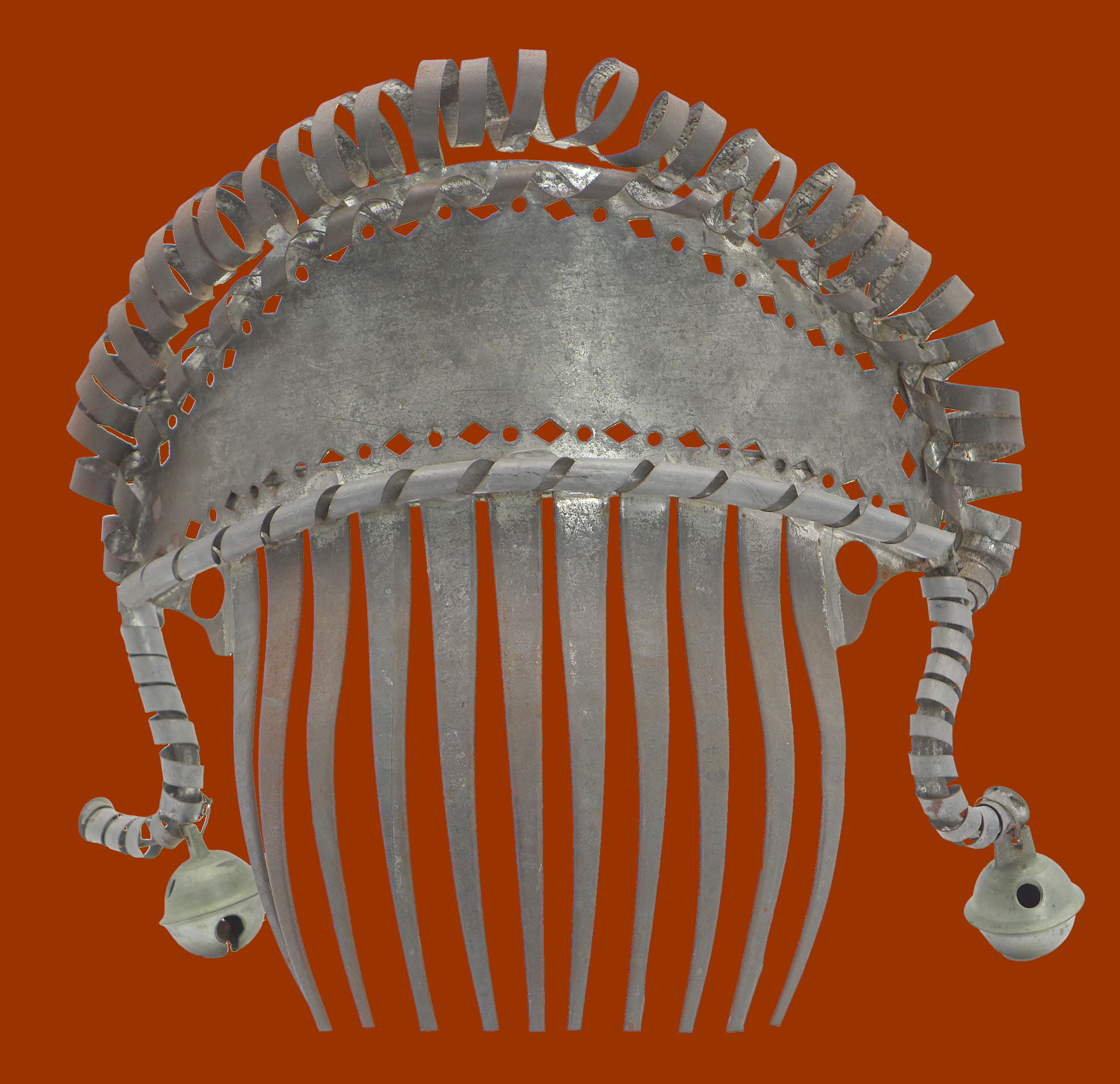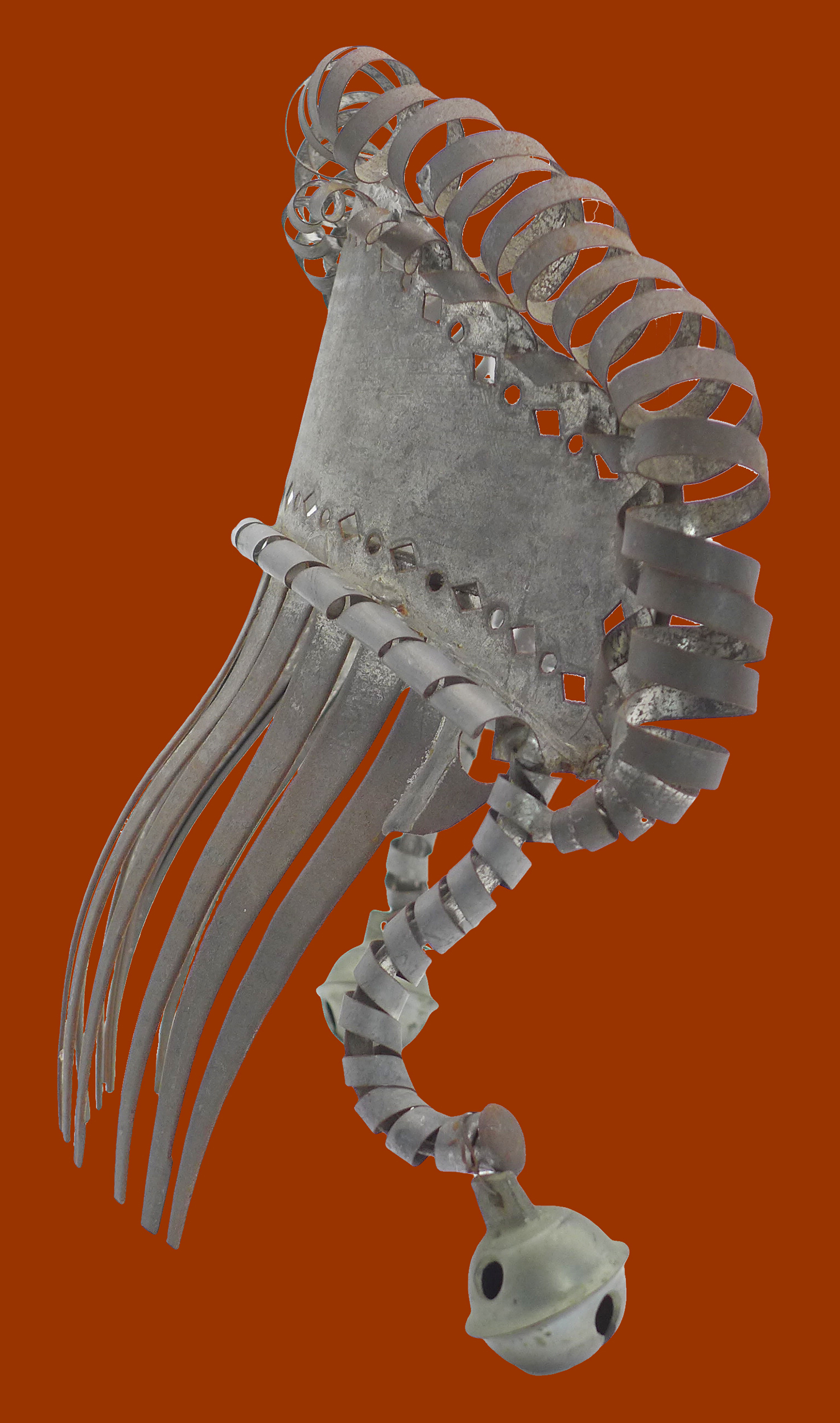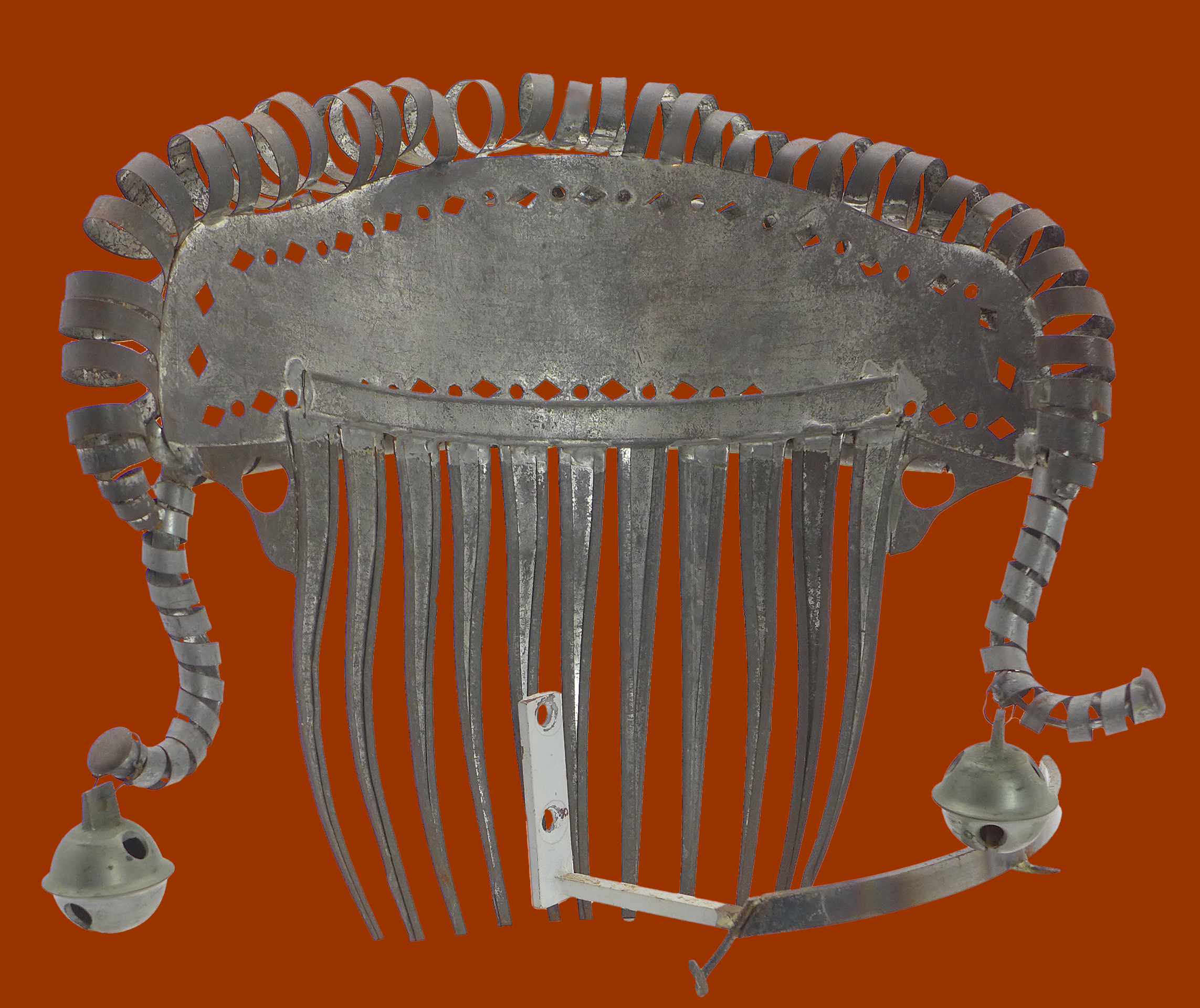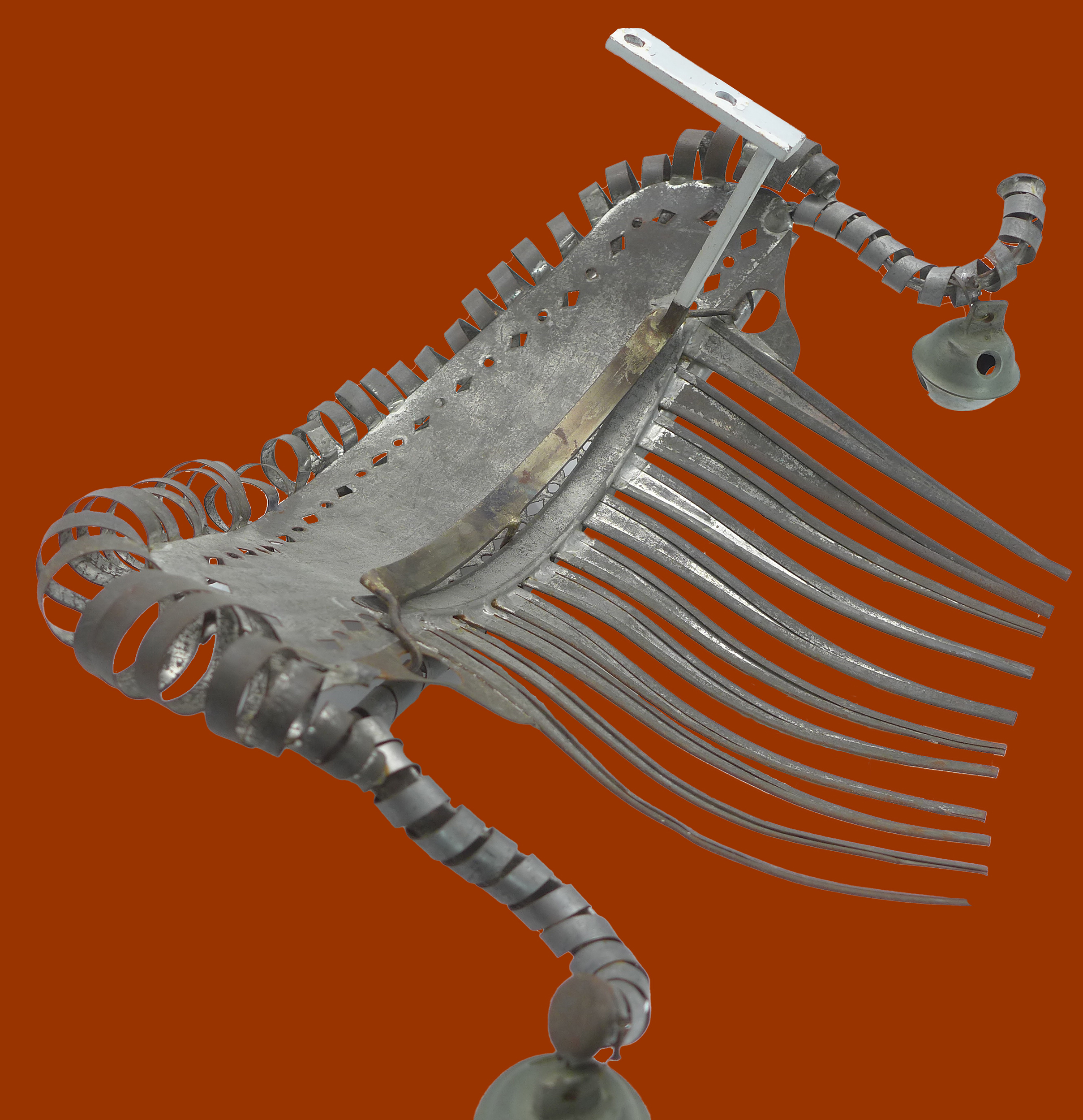
In the beginning of America’s history, people had no time for frivolities. Life in the Colonies and New Republic was hard and time-consuming. Everything had to be made by hand, grown locally, self-built either alone or with help from a few good neighbors. With the Industrial Revolution of the 1830s, things got a bit easier, people had more free time and generally were financially better off than their ancestors. The Victorians in America were looking for ways to socialize and enjoy life. By the mid-19th century, celebrations with friends became very important to people and their social calendars.
Big boisterous wedding anniversary celebrations became more important and quite popular. The tenth wedding anniversary was particularly important. Because life expectancy was shorter, most couples could not count on celebrating a 25th or 50th anniversary. A decade together was a cause for celebration. Tin was the traditional gift for 10 years. Tin bends instead of breaking, much like a married couple must learn to bend to make the marriage work instead of breaking. After ten years, the couple had obviously learned to bend and had a need for a great celebratory day. Etiquette books said that the original wedding guests were to be invited along with others. Surely there were practical gifts of tin given to replace the ones that had worn out after 10 years of daily use. However, the heart of the celebration for those who were a bit more well-to-do was humorous gifts made of tin. Tinsmiths offered fun items such as kitchen aprons, top hats, ladies bonnets and riding hats, slippers, shoes and even boots, fiddles, pipes, tin vases or nosegays filled with tin flowers, tin baskets of all shapes and sizes, giant tin hair combs and tiny tin cradles. Tinsmiths could keep patterns for these items and make them to order. Undoubtedly, some of these creative gifts were custom-made with the characteristics of the recipient in mind and some were made by guests themselves. Invitations were made of tin or tin foil wrapped card and sent in tin envelopes. One collection holds a framed tin wedding certificate to celebrate the anniversary.
Without a doubt, most of these special pieces of folk art were later given to children for play or tossed out by a later generation. Few remain. However, the several museum collections of these desirable antiques have often been found as a complete collection that was kept together by the couple and their family members. The Ontario County Historical Society of Canandaigua, New York, has (or had) a collection of more than 100 tin gifts presented to one couple in 1867. Suffield Historical Society of Connecticut was gifted another single owner collection in 1985, thereby enabling a collection that had passed through the family since 1869 stay together and preserved. The folk tradition of celebrating the 10th anniversary as the tin anniversary was uniquely American and started to fall out of favor around the turn of the 20th century. It seems like a tradition that would be fun to resurrect in the 21st century — don’t you think?
This haircomb is huge and parodies the Apollo knot hairstyles that were so popular in the 1820s and early 1830s. Women seemed to compete for the tallest hair as they piled a long braid on top of their heads and held them in place with very large haircombs. Perhaps the recipient of this gift was known for her Apollo knot hairstyle and extravagant ornamentation in her manner of dress. The coiled tin represents the ringlets and curls that were popular throughout the 19th century. Women often parted their hair down the middle, pulled it back tightly with a couple of ringlets dangling on each side of the face. The coils on the sides of the combs, ending with bells reminds us so much of ringlets and a pair of extravagant earrings donning the lady’s earlobes. This is a really fun and unusual tin 10th anniversary piece. The comb measures 12” x 9” and is 19th century. It has expected wear and surface oxidation—a great patina. It comes with a custom-made iron hanger that will attach to the comb without the need for causing damage and screws into the wall, holding the comb upright and away from the wall. See the last photo which shows the stand installed on the back of the comb.
#6205 $875
Provenance: ex-Marcy Carsey Collection; ex-Mendelson Collection.
References:
Clokey, Nancy & James D., “Marriage Milestones Tenth Wedding Anniversary Tin”, The Clarion, Winter 1985, American Folk Art Museum, 26-36.
Coffin, Margaret, American Country Tinware 1700-1900 Thomas Nelson & Sons, Camden, NJ, 1986. 25, 27.
Lipman, Jean, Warrant Elizabeth V., Bishop, Robert, Young America: A Folk-Art History Hudson Hills Press in Association with The Museum of American Folk Art, New York, 1986. 180-81.
“Tin Wedding Anniversary Major Milestone in 19th Century”, Country Home Magazine, April 19, 1986, online at http://articles.orlandosentinel.com/1986-04-19/business/0210390284_1_tin-anniversary-19th-century.
“Victorian Tin-anniversary Gifts, From Utilitarian To The Fanciful”, philly.com, May 31, 1996, online article at http://articles.philly.com/1996-05-31/news/25623634_1_tin-gift-giving-canandaigua.



